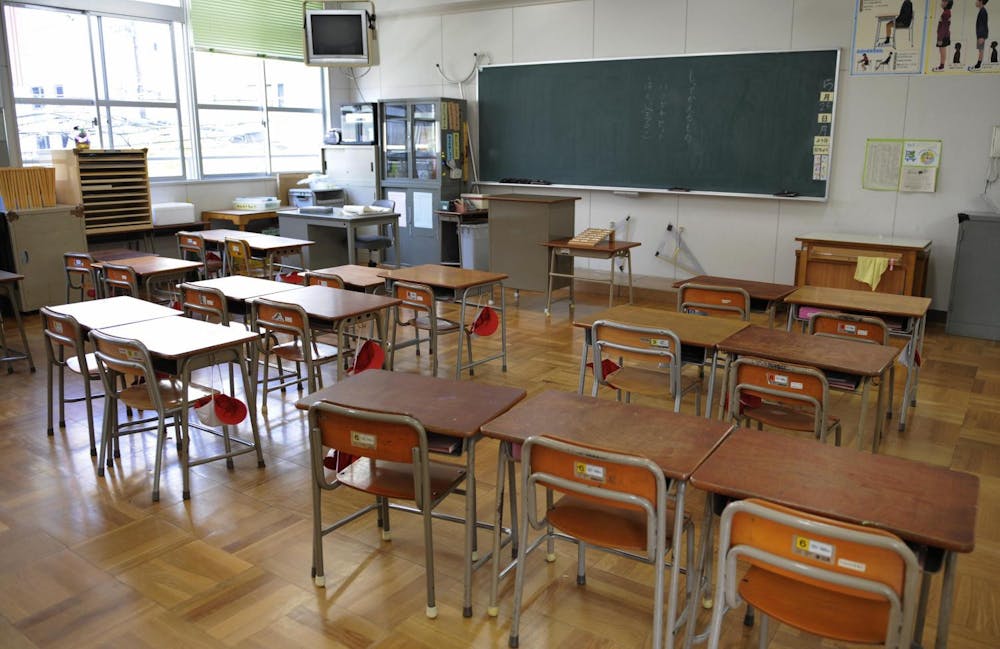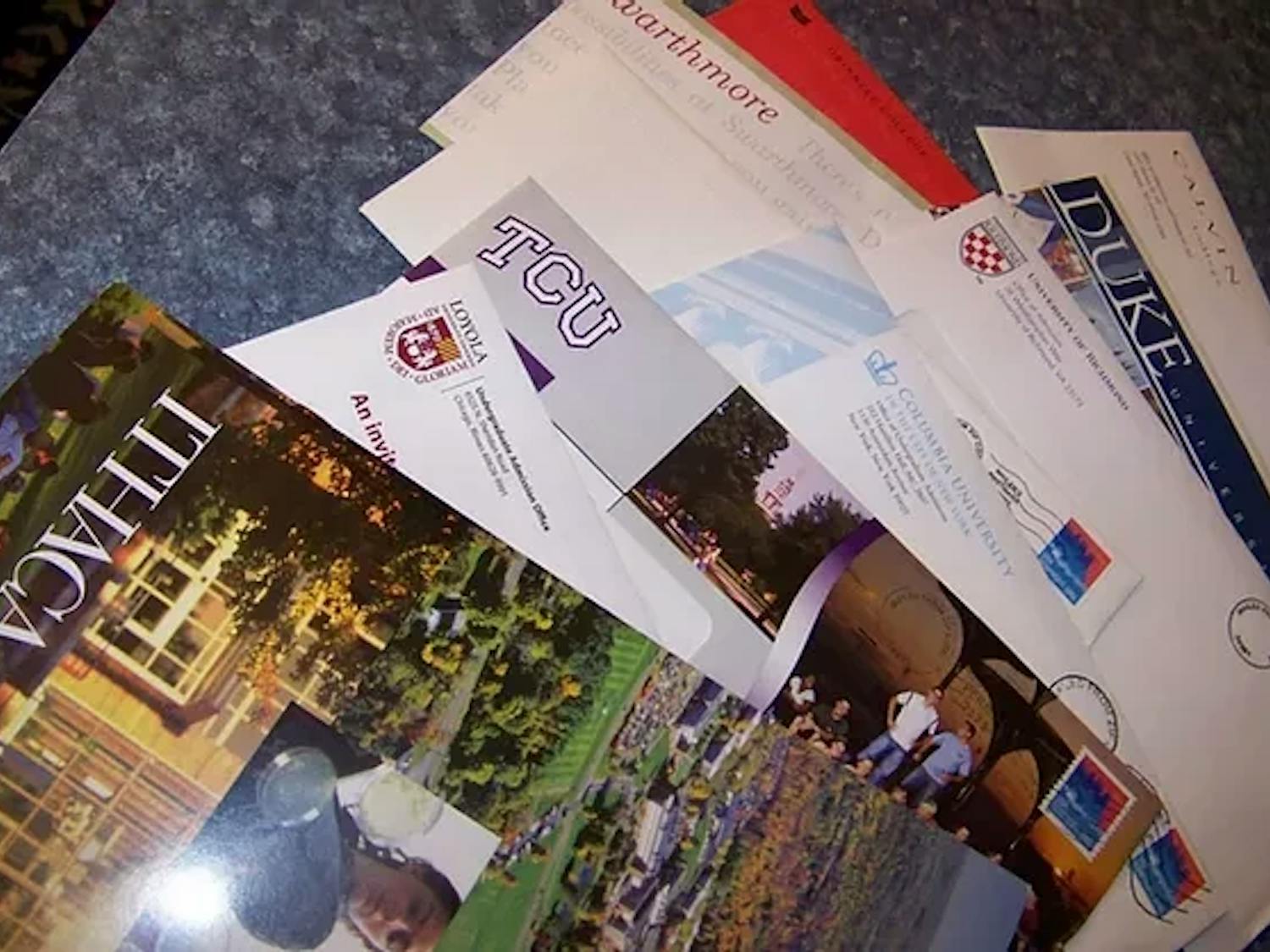The preparation to return to school has started after William Hite, Philadelphia's school district superintendent, declared February 22nd as the return date for pre-k through second grade. The date recently has been pushed back to March 1st*. Many experts have expressed that school would be a safer environment, as stated from WHYY. On the other hand, some experts disagree.
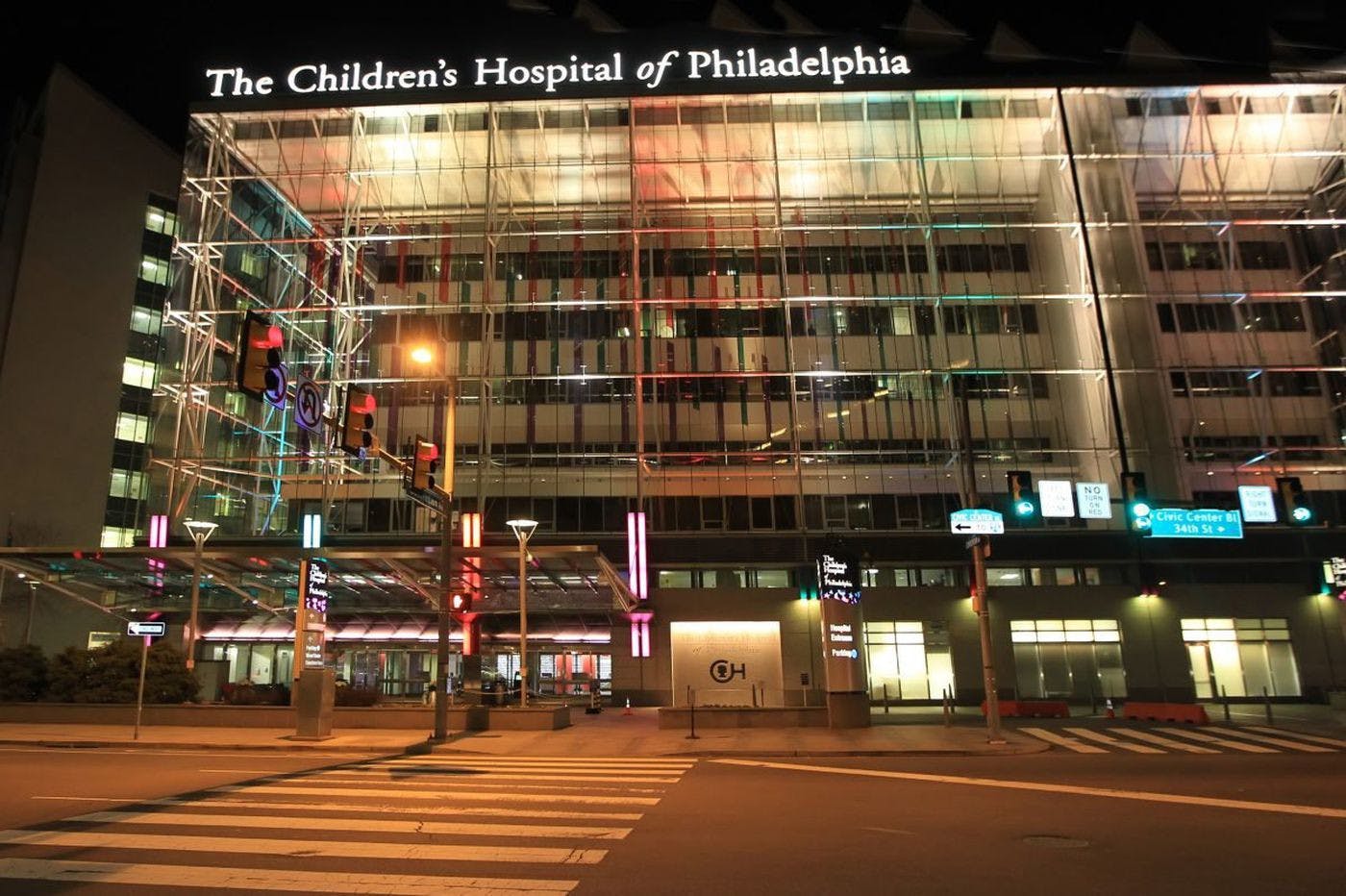
Credit Michael Bryant
“While I understand that COVID has affected many things, including school and that it is important for kids to have social interactions. I’m still concerned because kids can get this virus and spread them to their family members which is what we’ve seen.” Alicia Williams, a nurse from Children’s Hospital of Philadelphia, is one of the many nurses that has since expressed concern. She has seen firsthand the effects of Covid when it comes to children and their families.
As of recent reports from PewResearchCenter, America's households are moving past the typical household size. Not unexpectedly, many of these households contain family members who are elderly.
“I have taken care of really sick kiddos during my time as a nurse. Each of them had multi-system inflammatory syndrome, which is what we are seeing is linked to COVID in kids. Children are carriers and in a confined space, spread is easier and they take this virus home to their grandparents or parents which puts them, their caregivers, at risk.” Alicia Williams hits on this point perfectly.
Spaces, such as classrooms, can be a hotspot for COVID-19. Increasing the spread in teachers, students, and affecting the family that awaits them at home. This does not mask the children that have fallen victim to COVID, more than 2 million deaths, reported by APP News.
Even before the pandemic overcrowding was an issue throughout the year. Teachers were usually assigned between 28 through 32 students per class and it was rare to have lower than that. It is more difficult to consider that by the time this occurs, none of the teachers will be properly vaccinated until May*, revealed by WHYY. This became a reality at the beginning of the year when schools reopened and COVID death cases neared 190,000, many of whom were teachers. Lack of vaccination, which makes spread more likely, only adds to risk of COVID in school.
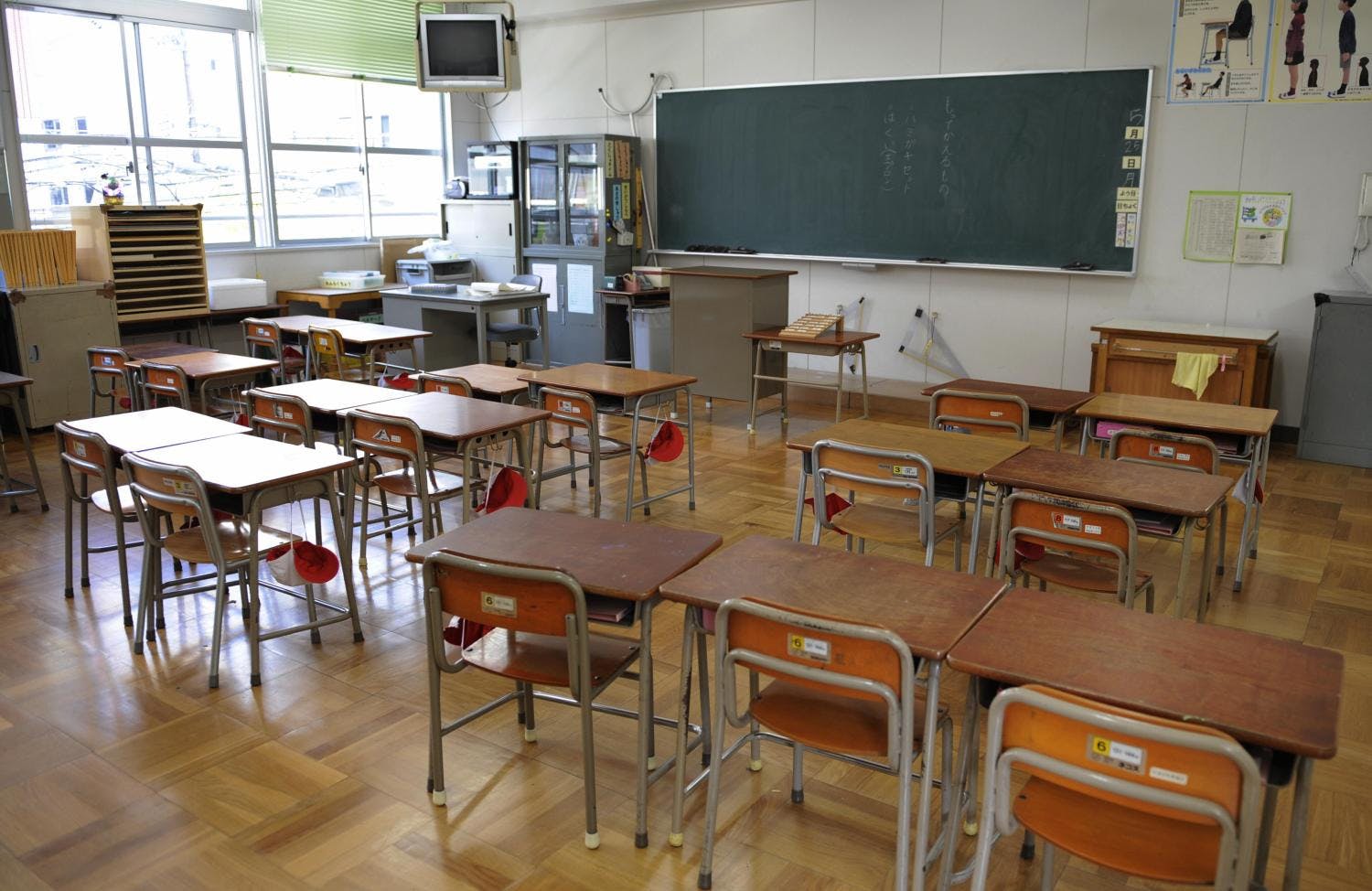
Credit CBS Philly
It was reported in June 2020 by ABCNews that the majority of US school districts are still in need of substantial funds for repairs, a study finding that “54% of U.S. districts need to update or replace multiple building systems in at least half of their schools. The most common problems reported by schools dealt with their heating, ventilation and cooling systems.” Schools just do not have the funding to get the requisite staff, proper ventilation, or organization for social distancing that will build an atmosphere where overcrowding would be regulated. Hence, children getting COVID and bringing it home still remains high risk in these circumstances.
However, the Philadelphia School District has aimed to fix this problem, “Administrators have ordered 3,000 window fans. The fans are manufactured to generate at least 270 cubic feet of fresh air per minute.” The district has come to recognize the problem of ventilation and since created a solution. Yet, this does not accommodate the other issues of funding or overcrowding our public schools are facing, reported by ABCNews.
Nevertheless, the call for in-person teaching has become louder after the vaccine was approved and the CDC provided guidelines for school environments. Although students take refuge in a school atmosphere where they receive education and socialize in person, COVID has changed things. With the CDC requirements, in-person instruction is a possibility and students could socialize again. Yet, it does not take into account the different issues public schools face. When all of this remains true, why the push? At the beginning of online learning, students had difficulties adjusting to the sudden change in result to various circumstances, causing more students to insist on in-person teaching. However, after a couple of months of adjustment, teachers and students have sought to find common ground in this online environment.
On February 8th, 2021, teachers even protested against the return to school, reported by WHYY. Capitalizing on the unsafe conditions they face and proving that online learning is a plan that prevents further COVID cases.
Enjoy what you're reading?
Signup for our newsletter
Overall, reopening schools is not a process that can be hurried. President Biden has recently come out with a proposal to get the schools across the nation up and running in the next 100 days. The plan, moreover, has its minor difficulties as Dr, Fauci, director of NIAID, has stated “That's the goal. That may not happen because there may be mitigating circumstances, but what he wants to do is everything within his power to help get to that.”
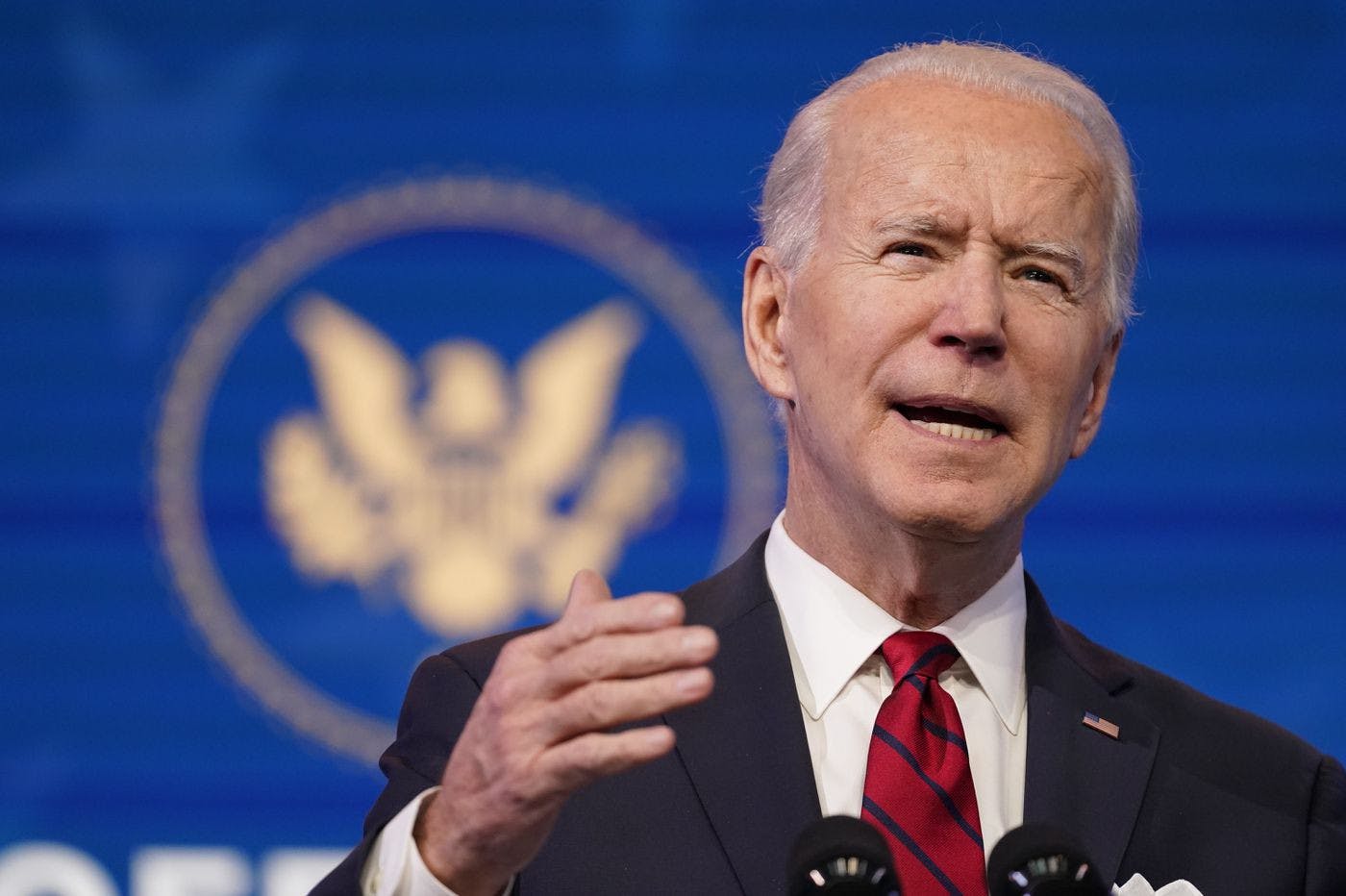
Credit Matt Slocum
Push is something we need, yes, but it must be considered after schools are provided more resources to ensure protection, teachers are vaccinated to deter spread, and students can be in an atmosphere that places them at less risk. As a student myself, I long to go back to school and want to socialize with my peers again, but I don’t want to put anyone at risk. Safety is more important to me than the chance of normalcy I could achieve that comes with reopening schools. More deaths are what we cannot tolerate in a world where deaths have been on the rise since COVID-19 has started.
*As of the publishing of this article, the return to school date has been delayed until March 8.
**As of the publishing of this article, the vaccination of Philadelphia teachers has begun.

